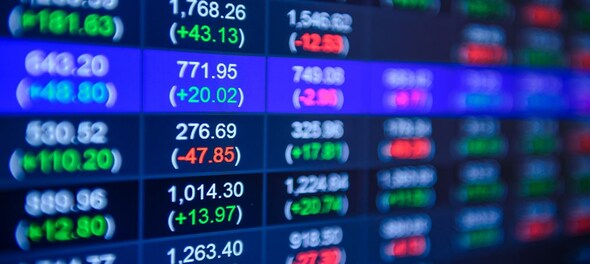
The recovery in the Indian equity market this year is a reset button for the next bull run, believe many analysts. Goldman Sachs also recently indicated that we are already in the first phase of a new investment cycle.
However, data shows we are moving ahead but the pace this time is slow.
Since 1979, there have been 4 big bull runs that have pushed the Indian equity market to deliver 380x (or 38,000 percent) returns to date. The biggest bull run was last witnessed during 1988-92, where the market had rallied about 10x in 4 years. What we are witnessing now is the slowest run since the 1980s.
In the last 10 years, the Indian benchmarks have risen only over 300 percent. This year, however, the global equity markets have continued to rally despite the COVID-19 pandemic. In fact, factors like declining GDP, rising number of coronavirus cases and high unemployment rate have remained ineffective to push the market in a downward spiral.
So, does that mean we are standing at the brink of an upcoming bull run? Here's a quick recap of India's four previous bull runs, as explained by Mihir Vora, CIO of Max Life Insurance, in a series of tweets:
1988-92
Vora explained that the first bull run in 1980s was caused due to the gradual reforms of de-licensing , export promotion and large fiscal spends.
During 1980-90, the GDP growth accelerated beyond 4 percent, which led to large fiscal imbalances, resulting in Balance of Payments crisis in 1991."The BoP crisis led to Big-Bang reforms led by PM Rao, ultimately ending the Licence Raj and began the global integration of the Indian economy," explained Vora.
In 1991, the opening up of private markets, foreign investments and trade changed the face of the Indian economy. "The euphoria of reforms and Big Bull Harshad’s (Harshad Mehta) unlimited source of money (scam) created the mother of all bull runs from 1988-92," he added.
2003
The market observer further pointed out that while the market went nowhere between 1994 and 2003, sectors like IT, pharma and FMCG remained the bright spots during this time. Interest rates also went significantly low keeping in view the Mehta scam which gave enough base for an investment cycle beginning in 2003.
2003-2007
Excess money was generated around the world in these 4 years. Well-known investor Manish Chokhani said, "You could just pick any country and you had four years of 40 percent compounded earnings growth without inflation and interest rates falling."
According to Vora, the tech bubble burst in 2000 led to huge liquidity and growth in the system. During this period, the US Federal Reserve had also maintained a low interest-rate regime. All these factors together created a "synchronized" global growth and commodity supercycle, with private capex in real estate booming.
However, this did not last as the excess liquidity supply created a financial bubble, which ended as the Global Financial Crisis in 2008.
Since 2008
After the GFC, the US Fed and all other central banks kept their interest rates lower trying to pump liquidity in the system. Post-2013, the situation improved a little due to the crash in the oil prices. The recovery that we are seeing now is a result of higher consumption and overall optimism in the global market. For the economy to grow beyond 5-6 percent, a spurt in private sector investments and real estate is a must, Vora concluded.
Check out our in-depth Market Coverage, Business News & get real-time Stock Market Updates on CNBC-TV18. Also, Watch our channels CNBC-TV18, CNBC Awaaz and CNBC Bajar Live on-the-go!


Dharwad Lok Sabha Election 2024: BJP's Pralhad Joshi eyes fourth term from this Karnataka seat
May 7, 2024 9:33 AM
Gulbarga Lok Sabha election: Mallikarjun Kharge's son-in-law Radhakrishna faces sitting BJP MP Umesh Jadhav
May 7, 2024 9:00 AM

